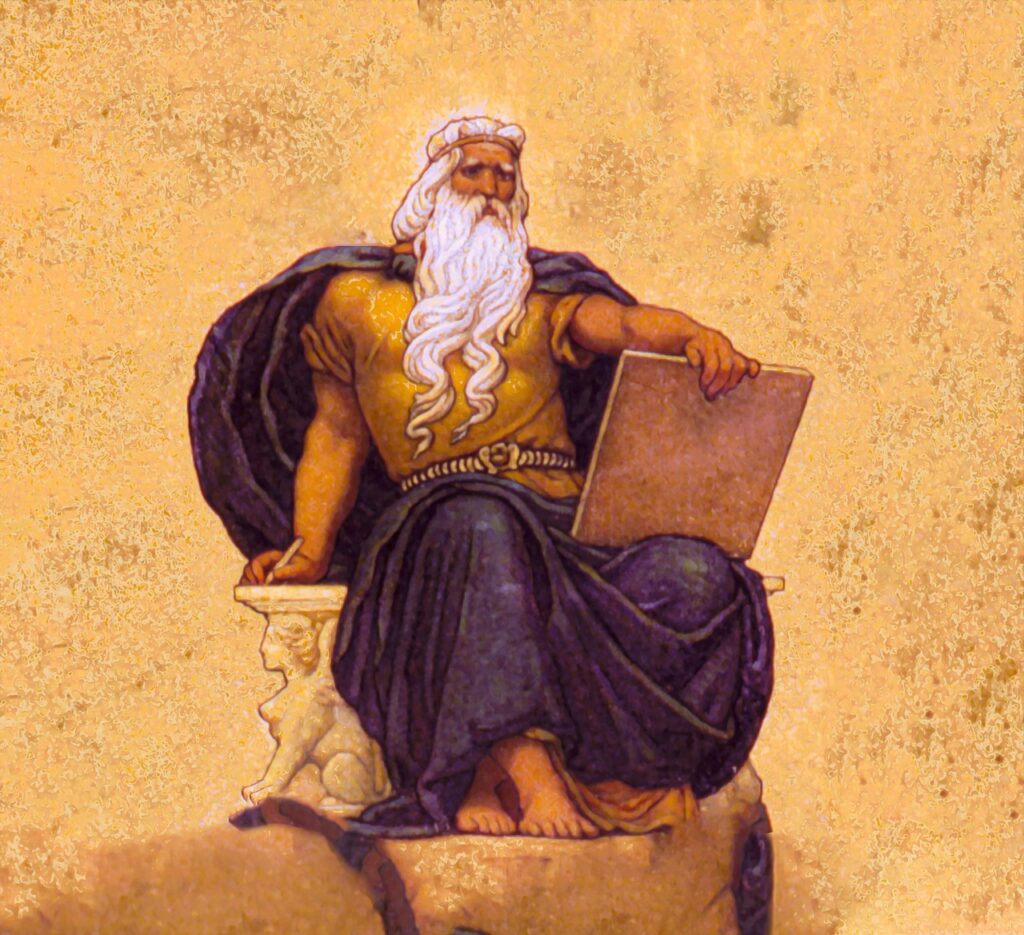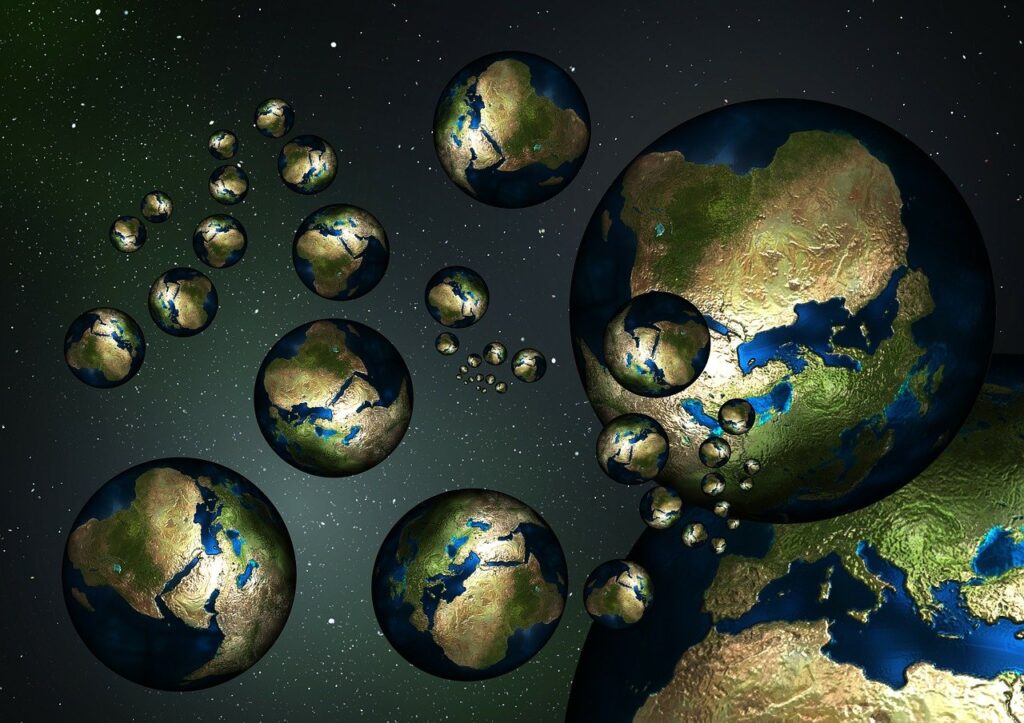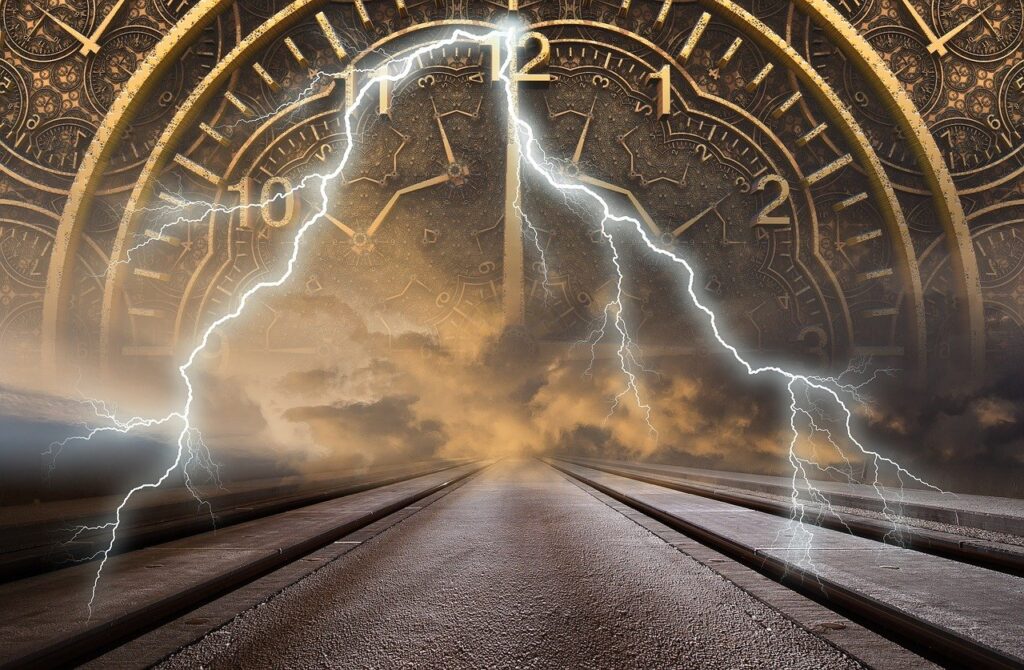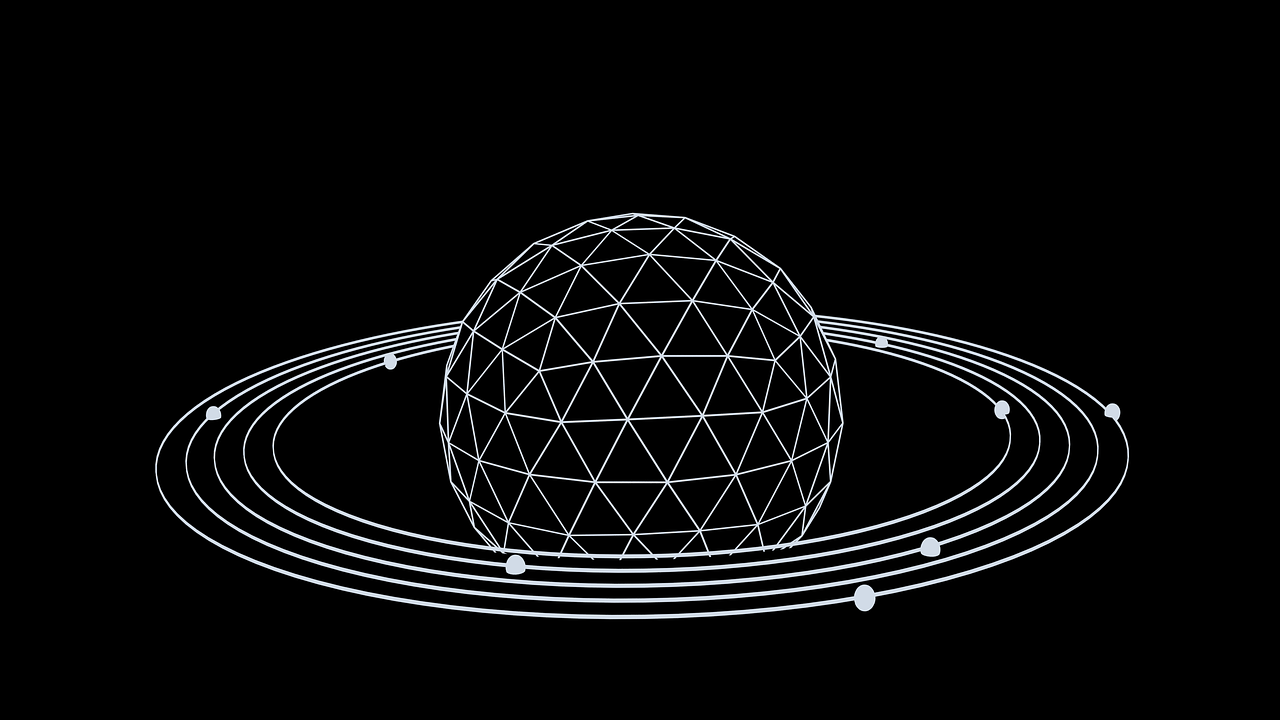Table of Contents
The Chaitanya’s Perplexity.
Consciousness is the state of existence of living beings where all are aware of the stuff and happenings. The common Sanskrit translation for the word ‘Consciousness’ is Chaitanya, but is it the correct translation? Let’s try to solve this question and understand what consciousness is all about in Indic perspective.
In the Hindu/Sindhu Civilization, the complex problem of our own existence has been deeply explored. If the western biasness is removed then the greatest of the metaphysics can be discussed without any prejudice. Metaphysics is a field where; our own existence is widely studied. In modern education, the conception of Hinduism to be just a Religion is a harsh reality which we often discuss in Scientific Monk. This great civilization certainly has a Religion part but it is just a small fraction of it. The whole Indic Civilization is focused on the exploration of the ‘self’ and our own existence.
Indra or Indiyas, Zeus or Sky?
One example of metaphysics is the idea of the authority of the ‘sense’ organs in beings. This has been beautifully presented through the stories of ‘Indra’, the lord of the Senses. In Major Puranas, the scriptures of stories, it has been said that ‘Indra, the Devta of the Senses sends the damsels to lure the people who want to reach the only one, the god of the gods, i.e., the Satya’ (Truth)‘. Puranas consider Aditi, the daughter of Prajapati Daksha and Kashyapa, the son of Marichi to be the parents of Indra.
Although in the Vedas, Indra is said to be the son of Dyaus Pitr, the lord of Sky. He is Zeus Pater (Zeus) in the Greek Pantheon of Gods and Ju- Pitr (Jupiter) in the Roman Gods.
It is due to the accent, the pronunciation varies. Zeus is often seen carrying thunderstorm in Hand. In the Indic system, thunder has been associated with the son Indra. He uses the power of the thunder to show the great masculinity that attracts the damsels and also controls the worlds.

Indra keeps the seekers of God in his home only so that no one challenges his authority by reaching the real God. Interestingly, Shreemad Bhagawat Gita and various other Yogic texts state that Indriyas (senses) don’t let you reach the true reality. The stories of Puranas have such a wonderful metaphoric relationship that we do not get in any other literature. However, many try to conclude about these by reading a few stories which make the facts go void.
The purport of the story of Dyaus and Indra would be “From the Sky, Senses originates”. This statement not necessarily means our sense organs are formed through the Sky. Metaphysically, this points towards an argument, the kinds of stuff that we sense through our sense organs are originated from the Sky itself.
Take an example of Air, this is sensed through the Skin, Light is sensed through the eye, Sound is sensed through the Ear, Taste is sensed through the tongue, and Smell is sensed through the Nose. These all fall within the body in general but more precisely only sense organs can perceive them. This is why Indra and Indriya (Senses) both have high authority in the realm of actions.
Intelligence paradox of the conscious World.
The Vedas also talk about ‘Dhyu Loka’ which has the same element (root) from which the word ‘Dyaus’ is originated. It is the parallel conscious world lying just above the Earth. In modern physics, the parallel world is being majorly studied in various models. One of the examples being the Ekpyrotic Model. This model puts up another parallel world where time runs backward. However, modern physics and Indic Metaphysics cannot be correlated, this is just a complimentary example.
This root word of ‘Dhyu’ is “Dhi” or “Dh”, the intellect or intelligence. Here the intelligence doesn’t mean a talented person having good usage of the Brain. It’s all about the intelligence that pervades the Universe.

Intelligence is nothing but natural mathematics. Just like Artificial Intelligence is all about Mathematical Equations incorporated into a system or robot. The Universe has its own sets of Natural Equations incorporated in the beings, planets, biodiversity, etc. This is why the Earth exactly knows how to revolve around the Sun in 365.25 days. The baby lives in the mother’s womb for 9 months, the human body knows when to eat food, etc. Everything is calculated and measured naturally by the mathematical equations in Universe or the Multiverse.
These equations when applied by the Universe to the Universe itself, everything functions. The Indic scholars understood the fundamental principle and named it ‘Atman’ which comes from the word ‘Atma’ meaning ‘Automatic’. So, everything is held automatically, this is all Atman, and whatever is there is Atman. I am also Atman and you are also Atman, and so on.
However the major question again is, what creates this Mathematics in Universe, is it Gods or someone else, will anyone be able to know this?
These questions are presented beautifully in ‘Nasadiya Sukta’
को अद्धा वेद क इह प्र वोचत्कुत आजाता कुत इयं विसृष्टिः |
अर्वाग्देवा अस्य विसर्जनेनाथा को वेद यत आबभूव ॥
The translations would be; After all, who knows, and who can say, whence it all came, and how creation happened? the Devtas themselves are later than creation, so who knows truly whence it has arisen?
These questions are made in order to provoke an individual towards the exploration of the Universe. As per the Upanishads, the whole set of everything which is ever expanding in the Universe is called ‘Brahman’. When someone deduces Atman from the Brahman principle, the person is said to be harmonic with the Universe.
There are complexities involved in Understanding such ideas. There are various stories framed through the Puranas, often called 5th Veda for the common mind. The stories of parallel world from Earth namely Dhyu Loka, where the beings who control the general conscious actions are found. To understand these stories through the intellect, there is a need for rigorous mental exercises related to Mathematics.

Gana, the Mathematics or the Beings?
There are two words namely ‘Gana’ and the ‘Ganit’. The word ‘Gana’ and ‘Ganit’ have the same root. The meaning of this root is ‘count’.
Counting itself is the origin of Mathematics, similarly, the ‘Ganas’ is the origin of consciousness in us is the inference of the Puranas. This is how the ‘Gods’ are introduced in the literature through ‘Ganas’.
These ‘Gods’ are leaders of their own ‘Ganas’. The creators of conscious actions within ourselves. Devtas like Indra for senses, Agni for fiery sensations like Anger, Rudras, for the Emotions.
They are also called Abhaswaras in Hinduism and Buddhism. Nine classes of the Ganas are namely Adityas, Viswe-devas, Vasus, Tushitas, Abhaswaras, Anilas, Maharajikas, Sadhyas and Rudras. The total count of individuals within all 9 Ganas is said to be 64.

These Ganas are the groups of Angel/Devtas who control the overall consciousness through the ‘Dhyu Loka’ who accept the universal mathematical order called ‘Rta’. The mention of Rta is found in Rig Veda. It is the set of natural order or the laws. To be precise, this can be correlated with the modern ‘laws of physics’ combined.
This order naturally forms a set of duties called ‘Dharma’ in each ‘Gana’ to create harmony within the Living Universe. These orders are lead by the head of Ganas or the Devtas. In Human beings or any inferior being, the Dharma is enveloped by Ahamkara ( Ego) which we will discuss in the next section.
Relation of Karma and Dharma
Karma is the part of ‘Rta’ that manifests within the individuals. However, living beings have the ability to control this Karma. As per the Puranas, this natural ability is referred to as ‘bija’ or the root. In prime, this ‘bija’ is the ‘desire within ourselves. It decides whether Karma is good or bad. Control over desires is Control over the Karma is the purport of all the Yogic and Tantric Scriptures.
If Good, you will receive good and if bad you receive bad. It is the Indra or the Indriya who manipulates the desires that make you reach the truth of existence. The senses hamper the Karma in the individuals. The modern scholar often correlate the law of Karma with Newton’s third law of Motion.

“In an action there is equal and opposite reaction” this can be completely said as the part of ‘Rta’. In Individuals, this becomes the law of Karma. It holds the relation between ‘Rta’ and ‘Dharma’
In different times, someone manifest in the earth to establish the best set of rules which keeps harmony in the Nature and Natural Laws. They are called Avataras. Common people refer them to be the prophets as per the western lenses. These are not equivalent to the idea of ‘prophets’.
Ego, Time, and Avatara.
The ‘Ego’ ( Ahamkara ) needs to be broken to achieve the ‘dharma’ which maintains harmony within ourselves and the society. The dharma of King should be beyond the personal life was shown by Rama. He killed the higher form of ‘ego’ named Ravana for the society to establish the Societal Dharma. In another time, Krishna showed the best ideas of tolerance and compassion but later on ended the Ego of ‘Kauravas’ to maintain Dharma. In the same way, Yoga teaches us to control ego in the individual self.
The Avataras of Shiva like Sage Durvasa shows the path of Yoga to the individuals which is the perfect path in order to achieve Dharma. The Avatars of Brahma like the sages, scientists, philosophers show the knowledge for the Dharma.
This is why various scriptures give four aims of human life called ‘Purushartha’, these are namely Dharma, Artha, Kama, Moksha. Where, the Dharma is means of individual, societal and professional duties achieved to maintain harmony with Universal laws, Rta. This changes over time. Metaphorically in some of the stories, Dharma is regarded as a Cow whose all four legs are broken during the time of dark age namely Kali Yuga. It has four legs during the age of truth namely Satya Yuga followed by three legs during the age of kings, Treta Yuga, and two in the age of technology, Dvapara Yuga.

These time periods are the mini eons in the larger cycle of the time periods called Kalpa. However, there is no exact definitive value of these time periods. The Puranas compare it with the Divine years ( Deva Varsham) which in-fact could be the revolution of the Sun around the earth itself ( Geocentric Model) which creates the seasons called ‘Ritu’. The word Ritu also holds the root ‘Rta’ so the seasons are thought to be natural and divine. Sun holds great significance in the stories of divinities, this could be our divine year. 12,000 divine years completes the four yugas is the inference from the Puranas.
The exact value of Divine Year could be just 365 days where we get all the 6 seasons namely Vasanta ( March- April), Grishma ( May-June), Varsha ( July-August), Sharad ( September- October), Hemanta ( November-December), Shishira ( January February).
The whole reality is connected to each other through Mathematics or the ‘Gana’. In the reductionist view, for the reach of common people there are stories in the Puranas. For others there are Upanishads and Vedas. The one who understands the whole metaphysics is called ‘Brahma Rishi’.





Leave a Reply